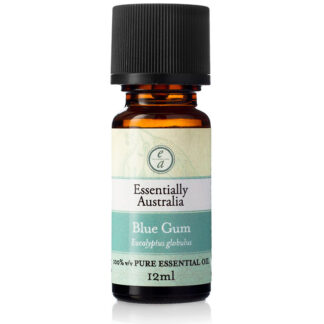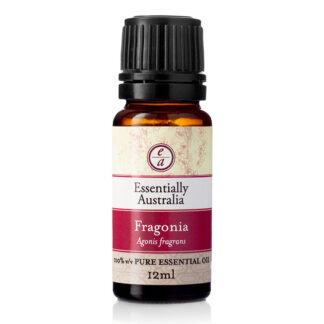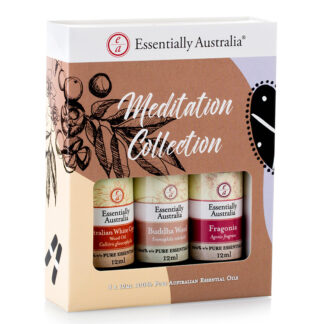Description
A fresher, more intense Aniseed aroma when compared to traditional Aniseed aromas, good for calming, relaxing grounding, also masks bad smells.
Extraction and Farming Method of Anise Myrtle Essential Oil
Anise Myrtle essential oil is extracted via steam distillation of the stems and branches. Anise Myrtle is grown in plantations around northern New South Wales, these plantations were actually planted for the herb or bush tucker markets until the ‘rediscovery’ of its unique essential oil.
The trees are harvested and are then steam distilled for around 1 hour. The harvesting is done by unique farm machinery designed by the farmers themselves, leaves are ‘pruned’ like a hedge, a vacuum sucks the leaves into a bin and the leaves are placed into stainless steel boiler.
History – Anise Myrtle essential oil
Traditional Usage
Little knowledge of traditional use is available, mainly because the tree is so rare and the traditional knowledge in this area has been largely lost.
Early European Usage
The trees were briefly harvested during World War 2 as a substitute for aniseed flavouring which was in short supply.
Present Day Usage
Bush Tucker pioneers Peter Hardwick and later Sibylla Hess-Buschmann, rediscovered the plant and began selecting superior genetic varieties, then established small plantations in northern New South Wales. Anise Myrtle essential oil as a product was developed after the herb was re-established.
The Anise Myrtle herb or leaf has been demonstrated by the Australian Government’s research department, RIRDC (Rural Industries and Research Development Corporation), to have antioxidants levels 5 times greater than blueberries. It is also several times higher in Lutein, Magnesium, Calcium, Manganese and Vitamin E compared to blueberries.
Anise Myrtle is a new oil to the aromatherapy industry. It has the potential to supersede traditional Aniseed essential oils on the basis of a superior anethole content and a superior, fresher Anise aroma.
Blend Anise Myrtle Essential Oil with
Essentially Australia oils: Eucalypts, Niaouli, Tea Tree
Other Oils: Cardamon, Caraway, Cedarwood, Coriander, Fennel, Manadarin, Petegrain, Rosewood.
Typical Constitution of Anise Myrtle Essential Oil (Aniseed Myrtle Essential Oil)
alpha-pinene 0.13%
myrcene 0.12%
alpha-phellandrane 1.97%
limonene 0.23%
beta-phellandrane 0.88%
para-cymene 0.39%
1,8-cineole 0.40%
alpha-terpinolene 0.07%
estragole (methyl chavicol) 5.76%
z-anethole (cis-) 0.57%
e-anethole (trans) 87.61%
beta-caryophllene 0.14%
bicyclogermacrene 0.20%
Optical Rotation@ 20C: -1.39
Relative Density@ 20C: 0.978
Refractive index @ 20C: 1. 553






